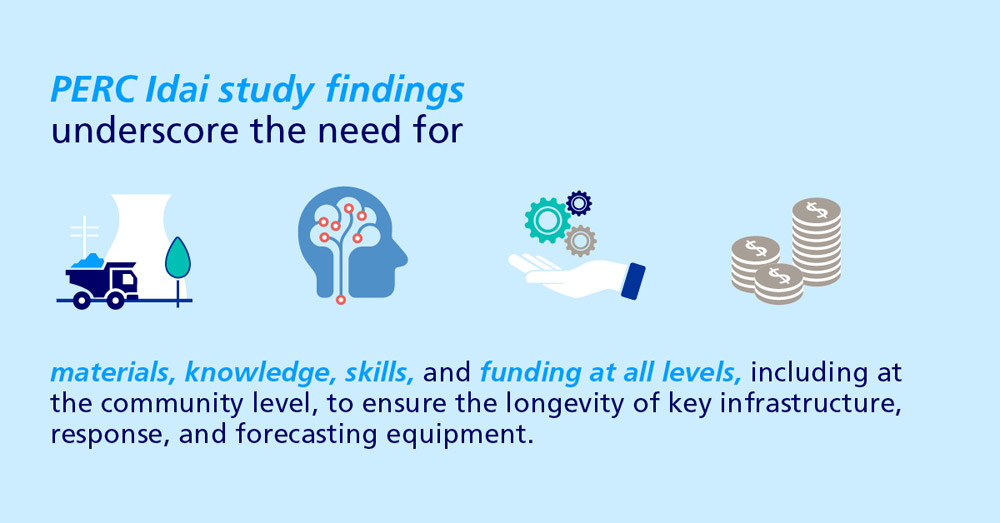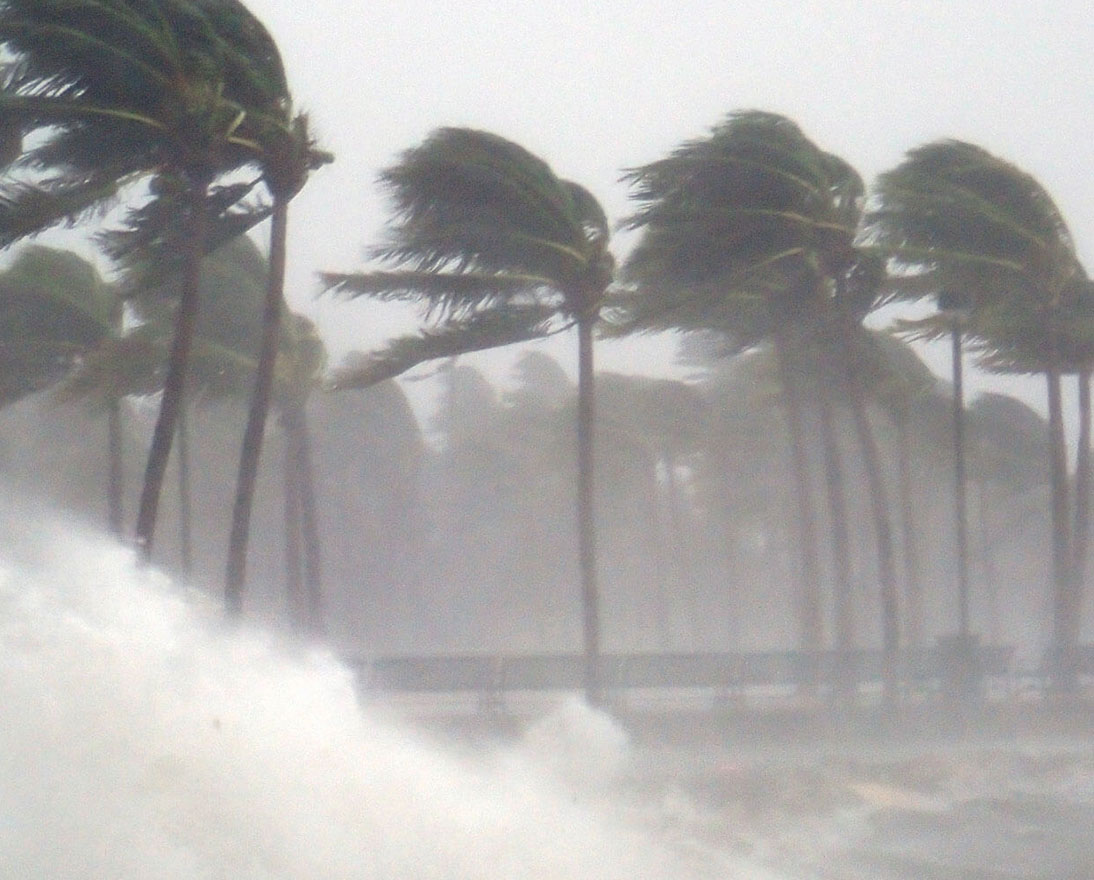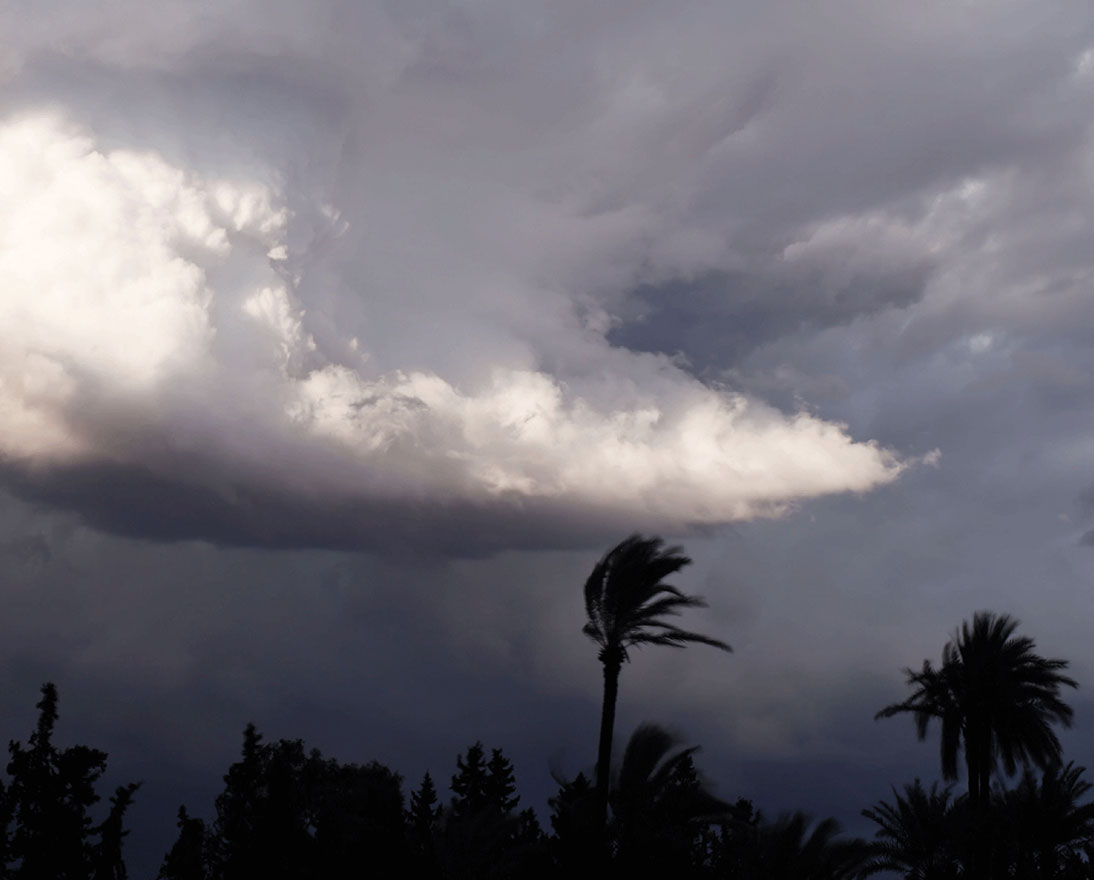Powerful Africa cyclones reveal lack of attention to resilience, study finds
CommunitiesArticleMarch 15, 2020
A new report shows southern Africa has made progress in resilience-building in recent years and, to further strengthen the region against natural hazard events, recommends more attention to pre-event planning. In the wake of deadly storms, Zurich and its Flood Resilience Alliance members examine issues around housing and infrastructure, as well as the critical need for forecasting and early warning systems.
Cyclone Idai, the deadliest cyclone to come ashore in Africa, killed more than 1,300 people and was the worst humanitarian disaster from a natural hazard event of 2019. A month after it made landfall near Beira, Mozambique, Cyclone Kenneth arrived with winds up to 137 mph as the strongest such storm ever to hit the region.

The area was vulnerable despite progress made over the last decade in disaster risk reduction, according to the latest Post Event Review Capability (PERC) study. But the deadly storms that hit Malawi, Mozambique and Zimbabwe revealed a lack of understanding about how to prepare for such events.
“PERC researchers found that while the storms’ expected landfall locations and windspeeds were accurately forecast and agencies were put on high alert, community understanding of how wind and rain would impact them was practically non-existent,” said Michael Szönyi, Zurich Insurance Group’s Flood Resilience Program Lead. “Risk reduction and preparedness to disasters saves lives.”
Marking one year since the cyclones, Zurich’s PERC study highlights lessons learned from Cyclones Idai and Kenneth along with recommendations on strengthening resilience against such natural hazard events. In developing the study, Zurich worked with fellow members of the Zurich Flood Resilience Alliance – ISET International, the International Federation of Red Cross and Red Crescent Societies, Practical Action and Mercy Corps – and in collaboration with the Swiss Agency for Development and Cooperation.

Among the study’s recommendations is the need to prepare with adequate materials, knowledge, skills, and funding at all levels to ensure the resilience of key infrastructure systems. The value of storm-resistant housing in the region is highlighted, as expense and lack of materials has been a barrier to rebuilding stronger communities.
“Prioritizing and funding resilience-building and disaster risk reduction efforts should be an integral part of a humanitarian response and any development programing that follows,” said Szönyi. “It is also a critical step for climate change adaptation in a region suffering from increasing droughts, floods and tropical storms.”
There are questions around whether people in highly flood-prone areas should be resettled, the report notes. It examines the key issues that must be taken into account when considering resettlement, such as the use of local knowledge and experience, hazard mapping, whether cultural identities can be maintained and locating people in places where they can thrive.
Zurich’s holistic approach, including tangible ways to mitigate risk prior to an event turning into disaster, is vital in areas such as the region where the deadly cyclones struck and others where natural hazard events may not cause huge monetary losses but can rapidly turn into humanitarian and societal disasters.
Further information
PERC studies and a manual that serves as a guide for conducting PERCs are available here. Materials related to the studies of Idai and Kenneth are available at www.i-s-e-t.org/perc-cylone-idai-2019. The Zurich Flood Resilience Alliance resources are at www.floodresilience.net





